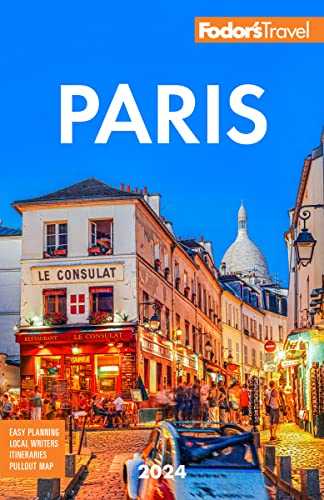Métro Travel
Taking the métro is the most efficient way to get around Paris. Métro stations are recognizable either by a large yellow "M" within a circle or by the distinctive curly green Art Nouveau railings and archway bearing the full title (Métropolitain).
Sixteen métro and five RER (Réseau Express Régional, or the Regional Express Network) lines crisscross Paris and the suburbs, and you are seldom more than 500 yards from the nearest station. The métro network connects at several points in Paris with the RER, the commuter trains that go from the city center to the suburbs. RER trains crossing Paris on their way from suburb to suburb can be great time-savers because they make only a few stops in the city (you can use the same tickets for the métro and the RER within Paris).
It's essential to know the name of the last station on the line you take, as this name appears on all signs. A connection (you can make as many as you like on one ticket) is called a correspondance. At junction stations, illuminated orange signs bearing the name of the line terminus appear over the correct corridors for each correspondence. Illuminated blue signs marked sortie indicate the station exit. Note that tickets are valid only inside the gates, or limites.
Access to métro and RER platforms is through an automatic ticket barrier. Slide your ticket in and pick it up as it pops out. Keep your ticket during your journey; you'll need it to leave the RER system and in case you run into any green-clad ticket inspectors, who will impose a hefty fine if you can't produce your ticket (they even accept credit cards!).
Métro service starts at 5:30 am and continues until the last trains reach their terminus at 1:15 am) Sunday through Thursday, and until 2:15 am on Friday, Saturday, and some national holidays. Some lines and stations in Paris can be dodgy late at night, in particular Lines 2 and 13, and the mazelike stations at Les Halles and République, so don't travel alone. But in general, the biggest risk on the métro is posed by the nimble Parisian pickpockets, so keep an eye on your wallet and pricey gadgets.
All métro tickets and passes are valid not only for the métro but also for all RER, tram, and bus travel within Paris. Métro tickets cost €1.90 each; a carnet (10 tickets for €14.90) is a better value. The Carte Navigo system is the daily, monthly, and weekly subscription plan, with reusable cards available at automatic ticket machines and ticket windows. (Note that at many stations your only option is to use the machines; they accept bills or cards with electronic chips). Get a Navigo Découverte card for €5 plus the subscription you choose: unlimited travel for one day (€7.50), for one week (€22.80) or one month (€75.20, beginning the first of the month). Be sure to sign your name and immediately attach a passport-size photo (there are photo booths in larger métro stations.). The card allows you to swipe through the turnstiles and can be kept for years; just recharge it at any purple kiosk in the métro stations. If that seems like too much hassle, buy a Mobilis (one day) or Paris-Visite (up to five days) pass for unlimited travel across the regional RATP network; both are valid starting any day of the week. Mobilis costs €7.50. Paris-Visite—which also gives you discounts on a few museums and attractions—costs €12 (one day) to €38.35 (five days).
For itineraries, maps, and real-time tips on delays and closings, download the RATP transit system's Vianavigo or Citymapper for a trove of handy info like which end of the métro platform gets you closest to your exit on the other end of your journey.
Métro Information
RATP. 3246; www.ratp.fr.




